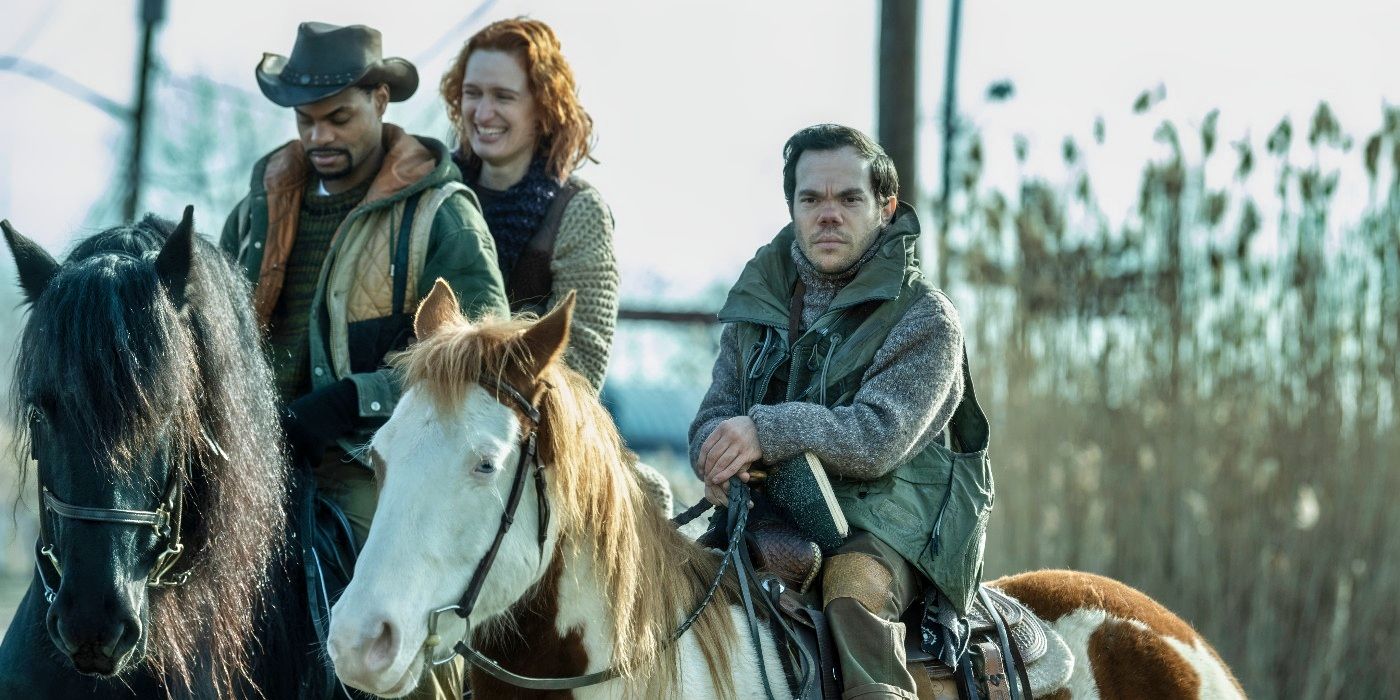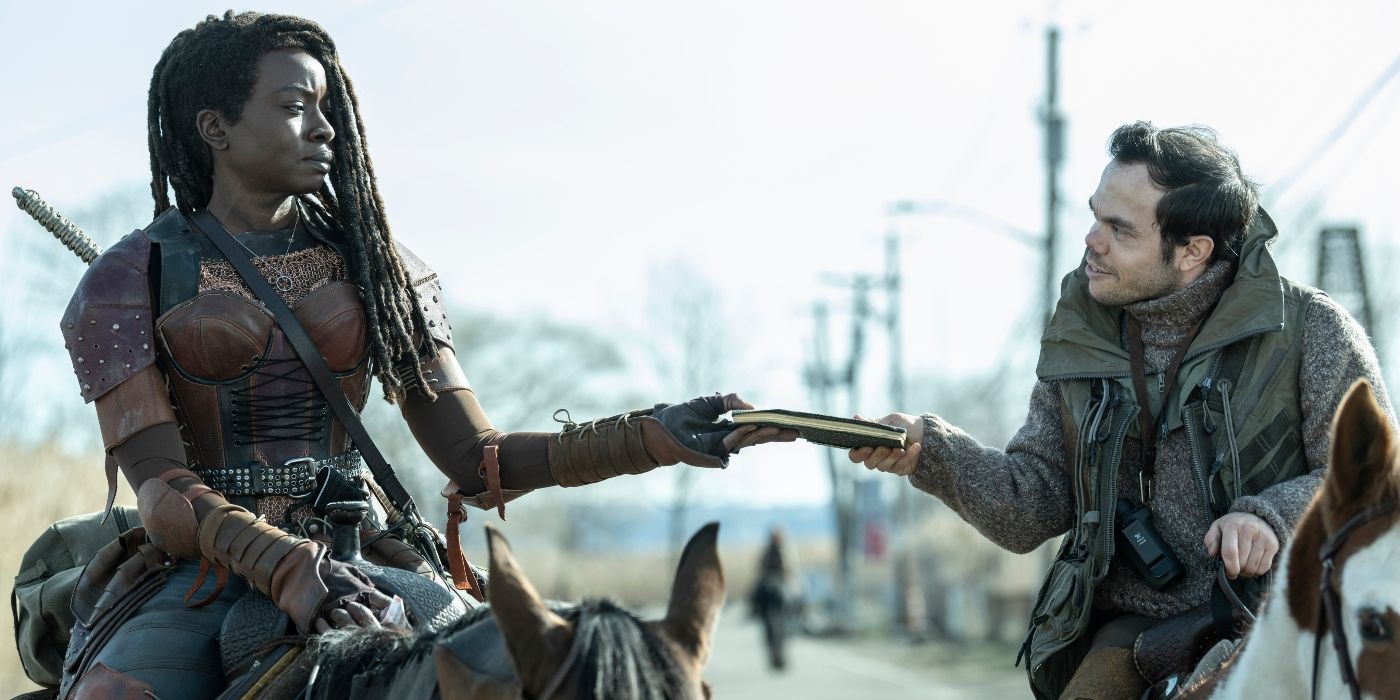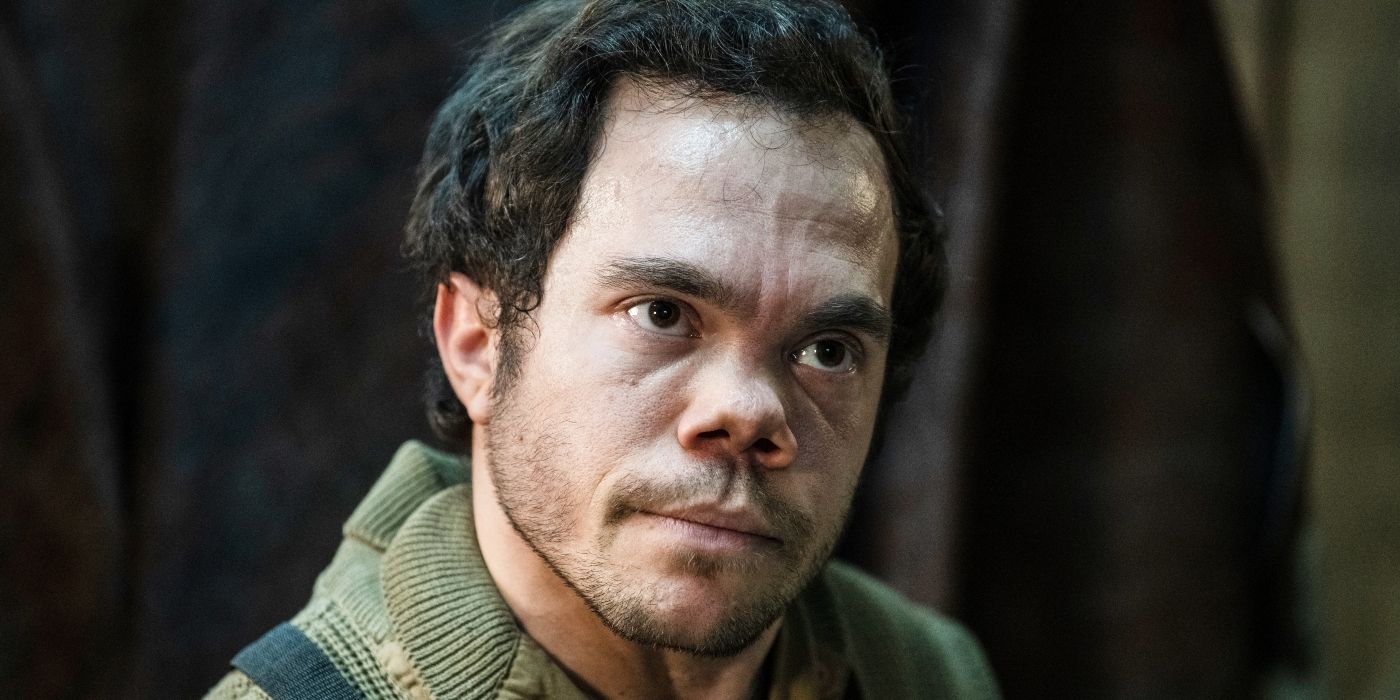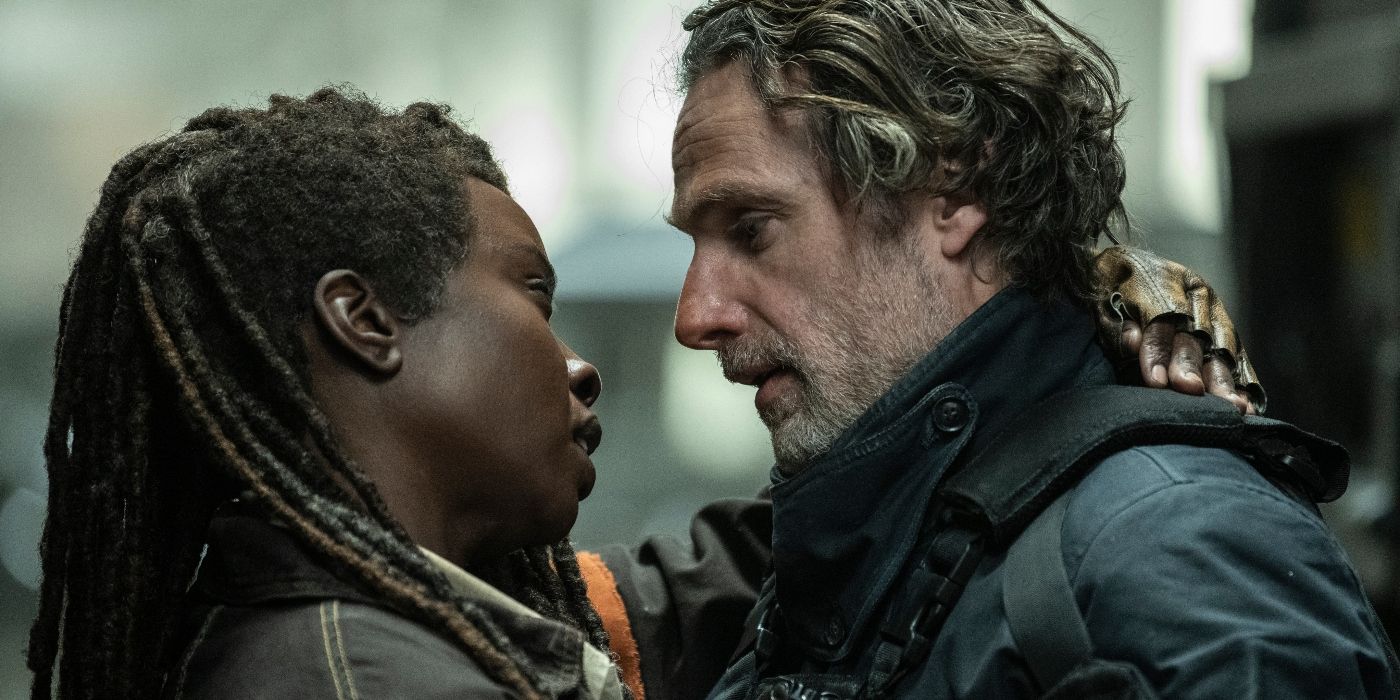‘The Ones Who Live’ is taking the “no one is safe” rule too seriously.

As much as we loved The Walking Dead’s brutality in the first few seasons and respected their audacity to kill off fan-favorite characters, The Walking Dead: The Ones Who Live has already started killing off supporting characters that have shown so much potential. With only two episodes released of the spin-off, the only real characters we have to root for are the titular Rick Grimes (Andrew Lincoln) and Michonne (Danai Gurira). As anticipated as their return to the franchise was, one of the reasons we loved them was the unique relationships and interactions they would have with different characters. Hopefully, shooting down the supporting cast doesn’t become a trend in The Ones Who Live as it did in the later seasons of the flagship show.
Creatively written and perfectly cast characters has always been a strength of The Walking Dead franchise, and The Ones Who Live proves that talent still persists with a diverse array of newcomers to the spin-off. The characters who have been introduced, however, are instantly snatched away in a series of meaningless or lackluster deaths that barely elicit any emotion. Alongside interesting characters, the show also abandons the chance to continue alongside a community that literally waits for no one, leaving the audience in their dust as well. These two episodes have already teased so many exciting concepts but also preemptively ditched them before any meaningful connections could be formed. While Rick and Michonne’s love story is supposed to be at the forefront, it doesn’t mean the supporting cast and ideas can’t be as captivating as they are.
‘The Ones Who Live’ Kills Off Rick’s Only Ally in the Premiere
During Rick’s intense years of imprisonment at the Civic Republic Military (CRM) compound, his commander, Okafor (Craig Tate) backed him each time Rick tried to escape. Although Rick’s actions constantly compromise Okafor’s position, Okafor is always steady and calm with him, causing them to create a bond that borders on friendship and mutual respect. Okafor also becomes more significant in the series when he approachs Rick about challenging the CRM’s political structure, since he knows Rick is really an A (leader), not a B (follower). In a mere 50 minutes, Okafor makes his mark on Rick’s attitude and journey, and apparently, that is more than enough, as he is viciously murdered in the premiere’s finale.
Although he’s seemingly painted as a key character in the spin-off, Okafor’s abrupt and vertigo-inducing death sequence in The Ones Who Live‘s premiere packs a serious punch. However, aside from the instantly gratifying brutality and the shock factor, Okafor’s death serves no purpose emotionally or in terms of storytelling. His stern and serious exterior looked like it was hiding a secret sweetheart, echoing a similarly beloved Walking Dead character, Abraham (Michael Cudlitz). On top of that, his involvement in the rebellion added another layer of intrigue to his character, suggesting that perhaps it would’ve been more beneficial to keep him around for the series in the long run. While we still have Thorne (Lesley-Ann Brandt) to propagate the CRM rebellion plot, their dynamic as a trio was slowly evolving and probably would have become more interesting with Michonne’s fresh perspective thrown into the mix.
Michonne’s Traveling Companions Are Gone Too Soon on ‘The Ones Who Live’

Meanwhile, the last time we saw Michonne in The Walking Dead, she had crossed paths with two lost travelers trying to find their way back to their group. Aiden (Breeda Wool) and Bailey (Andrew Bachelor) are a pregnant couple reminiscent of how Rick and Michonne used to be at the beginning of their post-apocalyptic romance — completely devoted and resolute about sticking together. The deft mirroring of the iconic couple alongside their sweet and slightly naive personalities make the pair a pleasantly lighthearted addition to the show. However, unlike Okafor, their deaths are actually meaningful and pretty impressive, even by The Walking Dead‘s high standards.
If being bombed by the CRM with chlorine gas and witnessing the abhorrent effects isn’t enough, it’s almost as if Michonne is watching her own family rot in front of her. Considering that during most of the episode, she is torn between searching for Rick and returning to Judith and RJ, witnessing the horrific deaths of a mother, father, and unborn child feels like a nightmarish omen. While these characters’ endings never really gave them a fighting chance to stand on their own, their emotional impact and thematic importance make it a necessity.
However, it also means we never really get to experience the bizarre community they are from. Aiden’s sister runs a community that quite literally “never stops” and takes pragmatism and utilitarianism to the utmost extreme. For the greater good, they refuse to stop wheeling their caravans even if people “fall off” or just generally get left behind. While The Walking Dead communities tend to be formulaic, this group’s idiosyncrasies are intriguing enough to leave us want more. But unfortunately, with Michonne’s traveling companions’ deaths, the moving caravans will also leave us behind.
Nat’s Death Is a Waste of Potential in ‘The Ones Who Live’

While Okafor’s and the wandering community’s losses are disappointing, nothing is more devastating than the lost potential of Nat (Matthew Jeffers). With his impulsive entrance in the second episode, he has a distinct charm and likability that is impossible to ignore. His refreshingly nihilistic yet charming dialogue is a pleasant change of pace from Rick’s intense monologue in the previous episode, as well as the slightly begrudging but meaningful connection he forms with Michonne. It’s also nice to see a character who could speak so blatantly about the hopelessness of the world without cueing a dramatic soundtrack.
As refreshing and likable as Nat’s personality is, his simultaneously destructive and constructive abilities could have been a major asset. While his impact on the spin-off is felt through the warrior leather armor he creates for Michonne, it is his new beliefs that get him killed as he rallies a group of people who are sick of constantly being on the move in the wandering caravan group and follows after Michonne. Although his ingenuity of using purple explosions to separate the migrating hoard Michonne is facing worked, his talents are no match for the chlorine gas that deftly annihilates his friends.
Unfortunately, Nat ends up being essentially a vehicle for Michonne to physically and psychologically make her way to Rick before he is abruptly killed in the most anti-climatic way possible — a bullet in the back by a fallen CRM soldier on his last wind. But with his meager screentime, his death feels more like missed potential rather than heartbreak. Between his nihilistic outlook, his witty remarks, and his new guilt for leading his friends toward their deaths, Nat would have been a refreshing contrast to the overpowering nature of Rick and Michonne’s relationship. While killing Nat does feel like the spin-off is honoring The Walking Dead‘s original promise (“no one is safe”), the series had already showcased this with the death of the seemingly important Okafor. Nat could have, and should have, hung around a while longer.
Rick and Michonne Don’t Need All the Spotlight

Each of the characters and communities Rick and Michonne meet feel like pit stops they are forced to make on their journey to reunite. As beautiful and unexpected as their reunion is, the intensity of their emotions and situations can sometimes be overwhelming, which is why the supporting characters in The Walking Dead series have always been vital. Instead, all these well-crafted characters are used as fodder to elicit pity over Michonne and Rick’s situation – they never really get the chance to stand outside of that narrative. With Okafor’s death, Rick has one less ally in the oppressive walls of the CRM, while the death of Michonne’s companions forces her to recognize the possibility of Rick also not surviving under the apocalyptic conditions alone.
However, other The Walking Dead spin-offs have proven that a well-constructed supporting cast doesn’t necessarily take away from the main storyline. The Walking Dead: Daryl Dixon sees the titular character (Norman Reedus) take a backseat in the first couple of episodes to introduce a newfound, unsettling world, then later effortlessly steal the show. If Daryl Dixon can achieve a healthy mix of comforting main character storylines with new and exciting surrounding characters, The Ones Who Live should be able to as well. We can only hope that the decision to already kill off side characters of this caliber means they have an ace hiding up their sleeve for later in the series. As much as the spinoff is trying to keep Rick and Michonne’s love story in the forefront, they don’t have to be the only ones who live.





